Half a century of the Elbrus 9K72 rocket complex
History The Elbrus complex began in 1957, when the Russian military wanted to get a modernized version of the P-11 ballistic missile. According to the results of the study of the prospects for improvement, it was decided that it would be more reasonable to use the existing developments and create a completely new design based on them. Such an approach promised a twofold increase in the missile’s range. At the end of February, the 58-th Military-Industrial Commission under the Council of Ministers and the Council of Ministers issued the resolutions necessary to start work in this direction. The creation of a new rocket was entrusted to SKB-385 (now the State Rocket Center, Miass), and the chief designer was appointed V.P. Makeev. In September of the same year, a preliminary design was ready, and by the end of November all the design documentation was collected. Until the end of 1958, preparations for the production of the first prototype rockets began at the Zlatoust Machine Building Plant. In May of the next 1959, the Ministry of Defense approved the requirements for the new rocket and assigned it the 8K14 index, and the entire complex - 9К72.
The assembly of the first missiles began in the middle of the 1959 of the year, and in December, flight tests began at the Kapustin Yar proving ground. The first phase of the test ended 25 August 1960 of the year. All seven launches were successful. Shortly thereafter, the second stage of testing began, during which 25 launches were carried out. Two of them ended in an accident: during the first flight, the rocket P-17 with the C5.2 engine flew in the opposite direction from the target, and the third ended with the self-destruction of the rocket due to a short circuit in the active part of the flight. The tests were considered successful and the tactical missile system 9K72 "Elbrus" with the 8К14 (Р-17) missile was recommended for use. 24 March 1962, the recommendation was implemented by the relevant decision of the Council of Ministers.
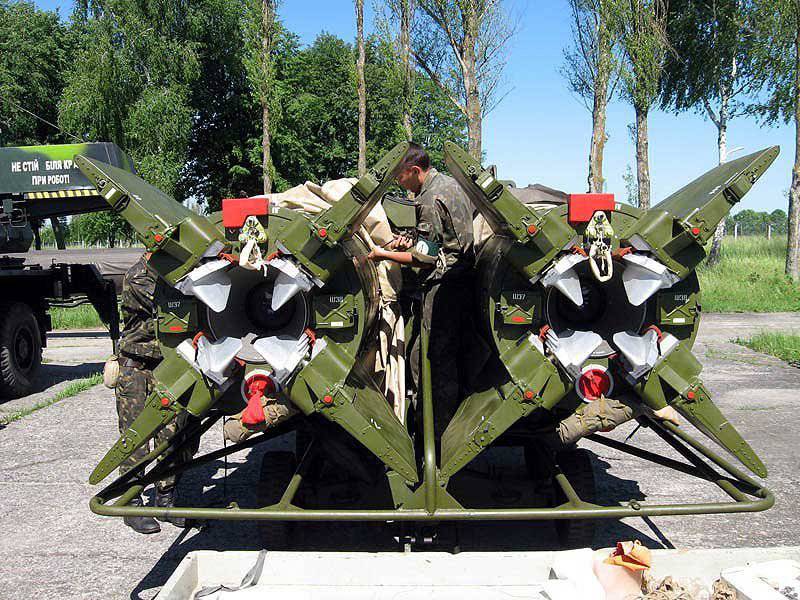
Structure of the complex
The basis of the 9K72 complex is a single-stage ballistic missile 8K14 (Р-17) with an inseparable warhead and a liquid-propelled engine. One of the measures to increase the flight range of the rocket was the introduction of a fuel pump and oxidizer into the rocket fuel system. Due to this, the pressure inside the tanks, which is necessary for optimal engine operation, has decreased by more than six times, which, in turn, has made it possible to ease the design due to thinner walls of the fuel system units. Using separate pumps, fuel (starting TG-02 "Samin" and the main TM-185), as well as the oxidant AK-27 and "Melange" is fed into the single-chamber rocket engine С3.42Т. To simplify the design of the engine, it is started using start-up fuel, which independently lights up upon contact with an oxidizer. The approximate thrust of the C3.42T engine is 13 tons. The first series of P-17 rockets were completed with an LX C3.42T, but from the 1962 onwards they began to receive a new power plant. Single-chamber engine С5.2 received a different design of the combustion chamber and nozzle, as well as a number of other systems. Upgrading the engine resulted in a small (about 300-400 kgf) increase in thrust and a gain in weight of about 40 kg. The LXX5.2 worked on the same fuel and oxidizer as C3.42T.
The control system is responsible for the flight path of the P-17 rocket. Inertial automation stabilizes the position of the rocket, and also amends the direction of flight. The rocket control system is conventionally divided into four subsystems: motion stabilization, range control, switching, and additional equipment. The motion stabilization system is responsible for maintaining the programmed course; for this, the 1СБХNNXX gyrohorizon and the 9СБ1 gyro-vertical collect information about rocket accelerations along three axes and transmit it to the 10BXNNXX calculating device. The latter issues commands to the steering cars. In addition, the control automation can issue a command to the automatic detonation system of the rocket, if the flight parameters differ significantly from those specified, for example, the deviation from the required trajectory exceeds 1 °. To counter the emerging demolitions, the rocket was equipped with four gas-dynamic rudders mounted in close proximity to the engine nozzle. The range control system is based on the 13SBXNNXX instrument calculator. Its task is to monitor the speed of the rocket and give the command to turn off the engine when it reaches the desired one. This command stops the active flight mode, after which the rocket on the ballistic trajectory reaches the target. The maximum range of the rocket - 10 kilometers, the maximum speed of the trajectory - about 1 meters per second.
In the nose of the rocket mounted combat unit. Depending on tactical need, one of several options could be applied. The list of main warheads for P-17 is as follows:
- 8Ф44. explosive warhead weighing in 987 kg, approximately 700 of which accounted for the explosive TGAG-5. The high-explosive warhead for the P-17 is completed with three fuses at once: the nose contact, the bottom barometric for detonation at a certain height, and the fuse of the self-destruction system;
- 8Ф14. Nuclear warhead with a charge of RDS-4 with a capacity of ten kilotons. An educational version of the 8F14UT was produced without a nuclear warhead;
- chemical head parts. They differed from each other in the amount and type of poisonous substance. Thus, 3Н8 carried about 750-800 kg of the yprit-lewisite mix, and 8Х44Г and 8Ф44-X1 for 555 kg of gas V and VX, respectively. In addition, it was planned to create a munition with a viscous soman, but the lack of production space did not allow to finish the development;
- 9H33-1. Thermonuclear warhead with a 104 kilo-tonne PA02-500 charge.
The main element of the ground equipment of the Elbrus complex is the launching unit (launcher) 9P117, developed at the Central Design Bureau of Transport Engineering (TsKB TM). The wheeled vehicle is designed for transportation, pre-launch inspection, refueling with starting fuel and direct launch of the P-17 rocket. All launchers are mounted on a MAZ-543 four-axle chassis. The starting equipment of the 9P117 machine consisted of a launching pad and a lifting boom. These nodes are fixed on the axis and can be rotated 90 °, moving the rocket from the horizontal transport to the vertical launch position. The rocket is lifted using a hydraulic cylinder, other boom and table mechanics are driven by electromechanical drives. After rising to a vertical position, the P-17 rocket rests against its back on the details of the launch pad, after which the boom descends. The launch pad has a frame structure and is equipped with a gas exhaust shield that prevents damage to the undercarriage design of the 9P117 machine with hot gases of the rocket engine. In addition, the table can rotate in a horizontal plane. In the middle part of the 9P117 starter unit, a deckhouse is installed with additional equipment and work places for three people at the rate of the complex. The equipment in the cabin is mainly designed to provide start-up and control over the work of various systems.
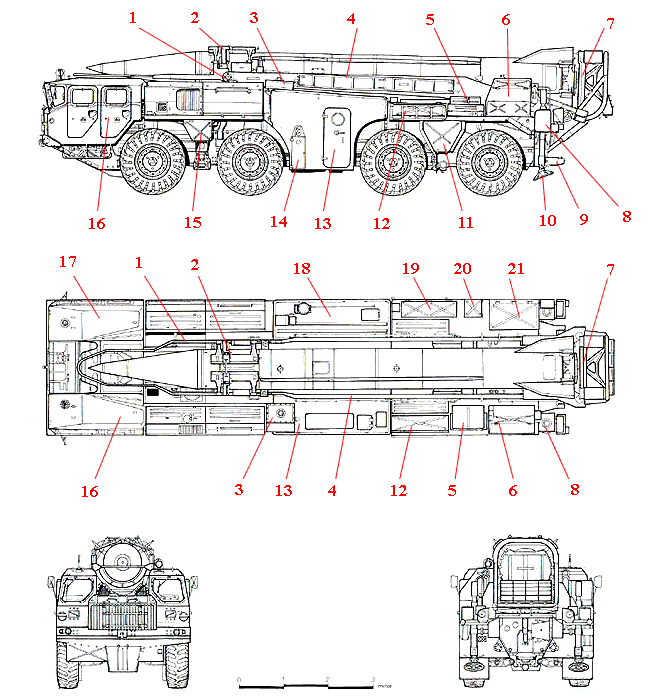
In addition to the rocket and launcher, the Elbrus complex included several other machines for various purposes. Because of this, the composition of the missile battalion looked as follows:
- 2 starting machines 9P117;
- 5 command and staff vehicles based on GAZ-66;
- 2 top endorser 1Т12-2М on the chassis GAZ-66;
- 3 oblivochno-neutralizing machines 8Т311 on the basis of trucks "ZIL";
- 2 refueller 9Г29 (based on ZIL-157) with two fueling stations for the main fuel and four fueling stations on each;
- 4 tank truck for oxidizer ATS-4-255B based on KrAZ-255 truck, each carries two Melanzha refueling stations;
- 2 truck crane 9Т31М1 with a set of relevant equipment;
- 4 ground truck 2Т3 for transportation of stock of missiles and 2 container 2Ш3 for combat units;
- 2 special vehicle based on the "Ural-4320" for the transportation of head parts;
- 2 maintenance machines MTO-B or MTO-AT;
- 2 mobile control point 9C436-1;
- a platoon of material support: tankers for cars, field kitchens, auxiliary trucks, etc.
Modifications
Without waiting for the launch of the complex, the TsKB TM began to develop an alternative 2P20 launcher based on the MAZ-535 chassis. Due to the lack of structural strength, this project was closed - no one saw the point in strengthening one chassis in order to replace the other, which has sufficient strength and rigidity. Slightly more successful was the "Object 816" on the tracked chassis of the Leningrad Kirov Design Bureau. However, the production of this self-propelled launcher was limited to only an experimental batch of several units. Another original project of an alternative launcher reached the stage of trial operation, but was never accepted for service. The 9K73 was a lightweight four-wheeled platform with a lifting boom and a launch pad. The implication was that such a launcher could be delivered by plane or helicopter of appropriate capacity to the desired area and from there to launch a rocket. During the tests, the experimental platform showed the fundamental possibility of a quick landing and landing of a ballistic missile. However, in the case of the P-17, it was not possible to use the full potential of the platform. The fact is that for launching and launching the missile, the calculation needs to know a number of parameters, such as the coordinates of the launcher and targets, the meteorological situation, etc. In the mid-sixties, to determine these parameters required the participation of specialized complexes on the automobile chassis. In addition, such training significantly increased the time required for start-up. As a result, 9K73 was not put into service and the idea of a “trimmed” light air transportable launcher was not returned.
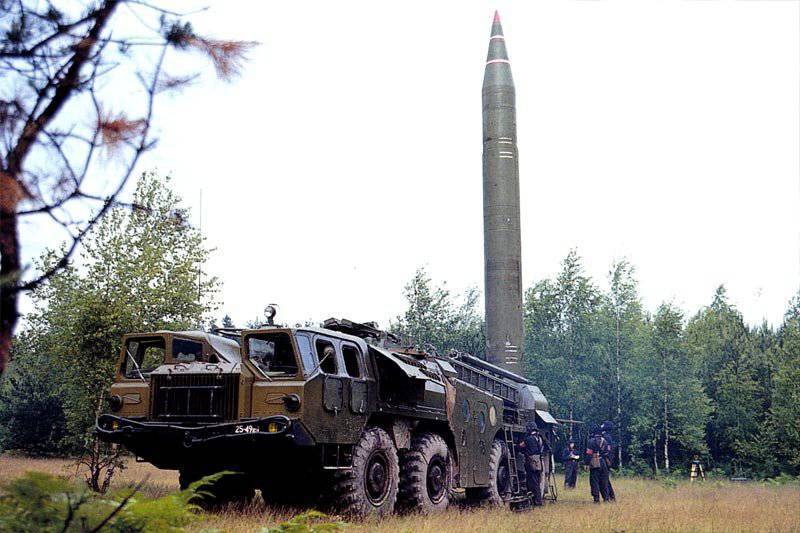
Similarly, the situation was with the new modifications of the P-17 rocket. Its first upgraded version was to be the Р-17М (9М77) with increased capacity tanks and, as a result, a longer range. The latter, according to initial calculations, was supposed to reach 500 kilometers. In 1963, in the design bureau of the Votkinsk Machine Building Plant under the direction of E.D. Rakova began designing this rocket. The initial P-17 was taken as a basis. To increase the range, it was proposed to replace the engine and type of fuel, as well as carry out a number of alterations to the design of the rocket itself. The calculations showed that while maintaining the existing principle of flight to the target and a further increase in the range, the angle between the vertical and the trajectory of the rocket on the approach to the target decreases. At the same time, the conical nose fairing of the rocket created a tangible moment for cabing, because of which the rocket could deviate significantly from the target. To avoid such a phenomenon, a new head with a perforated fairing and a cylindrical casing of equipment and warhead inside was designed. Such a system made it possible to combine good aerodynamics in flight, and to almost completely eliminate the rocket's propensity to pitching. At the same time, it was necessary to tinker considerably with the selection of a metal grade for fairing - those used earlier could not withstand the temperature loads on the final part of the flight, and applying a protective coating did not give the fairing perforation. Under the name 9K77 "Record", the updated operational-tactical missile system in 1964 was sent to the Kapustin Yar test site. Test launches were generally successful, but there were still enough problems. The tests ended only in the 1967 year, when the P-17M project was closed. The reason for this was the emergence of the Temp-S missile system, capable of hitting targets at a distance of 900 kilometers.
In 1972, the design bureau of the Votkinsk Machine Building Plant was tasked to make a target for testing new anti-aircraft missile systems with limited missile defense capabilities on the basis of the P-17 rocket. The main difference between the target and the original missile was the absence of a warhead and the presence of a number of specialized systems for collecting and transmitting information about the flight parameters and the course of interception to the ground. It is noteworthy that in order to avoid premature destruction, the main equipment of the target missile was located in an armored box. Thus, the target, even for some time after the defeat, could retain communication with ground equipment. Until 1977, the P-17 target missiles were mass-produced; later, they were probably converted from serial missiles with a warranty period ending.
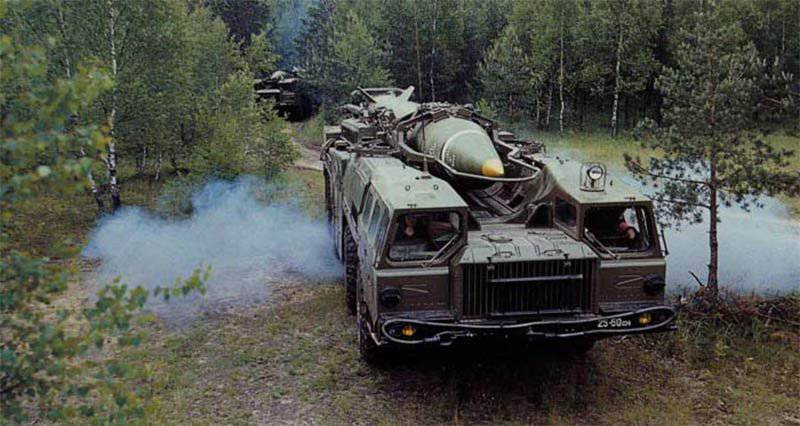
Since 1967, the specialists of the Central Research Institute of Automation and Hydraulics (TsNIIAG) and NPO Hydraulics have been working on the creation of photo-model guidance systems. The essence of this idea is that an aerial photograph of the target is loaded into the homing head and that, having entered a given area, it is induced with the help of an appropriate calculator and the built-in video system. According to the results of research, the “Aerophone” GOS was created. Due to the complexity of the project, the first test launch of the P-17 rocket with such a system took place only in the 1977 year. The first three test runs at a distance of 300 kilometers were completed successfully, conditional targets were hit with a deviation of several meters. From 1983 to 1986, the second stage of testing went through - another eight starts. At the end of the second stage, state tests began. The 22 start-up, most of which ended with the defeat of a conventional goal, became the reason for recommending that the Aerophone complex be put into trial operation. In 1990, the military personnel of the 22 Rocket Brigade of the Belarusian Military District went to Kapustin Yar to get acquainted with the new complex, called 9K72O. A little later, several copies were sent to the brigade units. There is no information about trial operation, moreover, according to different sources, the 22-I brigade was disbanded ahead of the expected date of transfer of missile complexes. According to reports, all unused missiles and equipment systems are in storage.
Service
The first batches of 9K72 Elbrus complexes entered service with the Soviet Army. After staffing the domestic armed forces, Elbrus was finalized for deliveries abroad. The P-17 rocket went abroad under the designation P-300. Despite the large number of 9K72 in the Warsaw Pact countries, Egypt was the first to use it in practice. In 1973, during the so-called Doomsday wars, the Egyptian armed forces fired several P-300 missiles at Israeli targets in the Sinai Peninsula. Most of the missiles fired hit the target without exceeding the estimated deviation. However, the war ended with the victory of Israel.
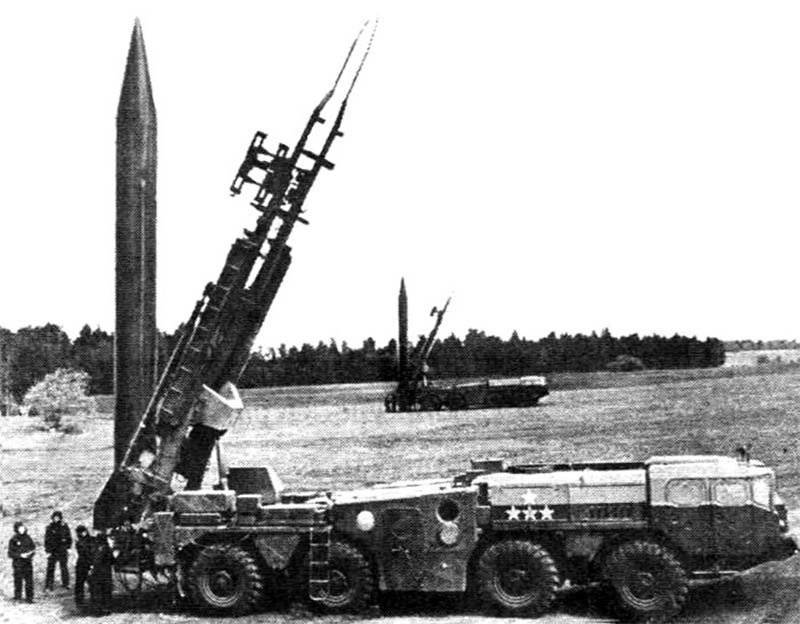
The following facts of the combat use of P-17 missiles occurred during the war in Afghanistan. Tactical missiles proved useful in the attacks of Dushman fortifications or camps. According to various reports, Soviet rocket engineers made from one to two thousand launches, and several characteristic features of operation were identified. Thus, deviation from the target, reaching up to one hundred meters for the 8K14 rocket, sometimes did not allow reliably hitting targets with a blast wave and fragments. For this reason, a new method of using ballistic missiles was already invented in the combat units. Its essence was to launch a rocket at a relatively short range. The engine turned off relatively early, and some fuel remained in the tanks. As a result, hitting the target, the rocket sprayed around itself a mixture of TM-185 fuel and an AI-27K oxidizer. The expansion of liquids with subsequent ignition significantly increased the area of damage. In some cases, the remains of fuel and oxidizer caused a long fire on the area being shelled. This original method of using a rocket with a standard high-explosive warhead caused rumors about the existence of some kind of volumetric explosion warhead. However, the existence of such a charge for the Elbrus complex is not documented.
Soon after the first use of "Elbrus" in Afghanistan, he took part in the Iran-Iraq war. It is worth noting that the P-300 missiles were launched by both sides of the conflict, albeit in different quantities. The fact is that Iraq bought export versions of the 9K72 complex directly from the USSR, and Iran acquired them through Libya. According to various sources, Iraq made from 300 to 500 P-300 rocket launches at targets in Iran. In 1987, Al Hussein missile tests began, which is the Iraqi modernization of the P-300. The Iraqi development had a lightweight warhead weighing 250 kg and an increased launch range - up to 500 kilometers. The total number of El Hussein missiles launched is estimated at 150-200. The response to the Iraqi shelling was the purchase by Iran from Libya of a number of similar Elbrus complexes, but their use had a much smaller scale. Total order was released 30-40 missiles. Just a few years after the end of the Iran-Iraq war, the P-300 export missiles again took part in the hostilities. During Operation Storm in the Desert, the Iraqi military attacked targets in Israel and Saudi Arabia, as well as attacking American troops. In the course of this conflict, the US armed forces were able to test in practice the new Patriot anti-aircraft missile systems that have limited missile defense capabilities. The result of the interception attempts is still a matter of controversy. Different sources cite numbers from 20% to 100% of the destroyed missiles. At the same time, only two or three missiles caused significant damage to the enemy.
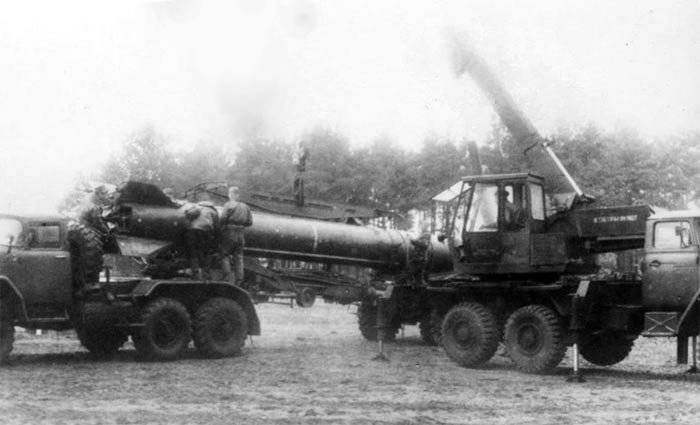
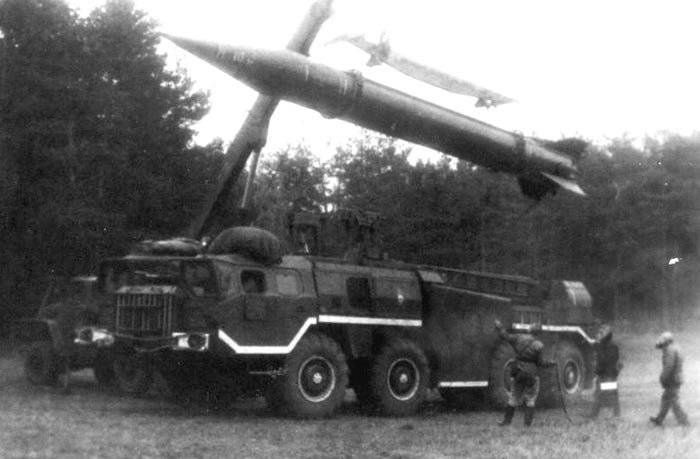
In the nineties of the last century, the 9K72 Elbrus complexes were hardly used in combat. No more than two dozen missiles were fired during several local conflicts. One of the latest uses of the P-17 missiles relates to the second Chechen campaign. There is information about the formation in 1999 of a special unit armed with "Elbrus". Over the next year and a half, Russian rocket engineers made two and a half hundred launches, including using missiles with an expired warranty period. No major issues were fixed. According to reports, in the spring of 2001, the 9-72 complexes were deposited.
Except for the former Soviet republics, which the Elbrus complexes acquired after the collapse of the USSR, the operational and tactical missiles P-17 and P-300 were in service with 16 countries, including Afghanistan, Bulgaria, Vietnam, the GDR, the DPRK, Libya, and so on .d After the cessation of the existence of the Soviet Union and the Warsaw Pact, a part of the produced missiles ended up in independent countries. In addition, Russia's loss of former positions in the international arena led to the fact that with the direct assistance of NATO countries, some operators of the Elbrus complexes removed them from service and disposed of them. The reasons for this were the end-to-end missile lifetimes, as well as pressure from Western states, which still consider 9K72 to be an object of heightened threat: the possibility of installing even outdated nuclear warheads on the missile affects it. Nevertheless, in some countries, the Elbrus complexes are still in service and in operation. Their number is small and constantly decreases. It seems that within the next few years one of the oldest operational-tactical missile systems will be completely decommissioned worldwide.
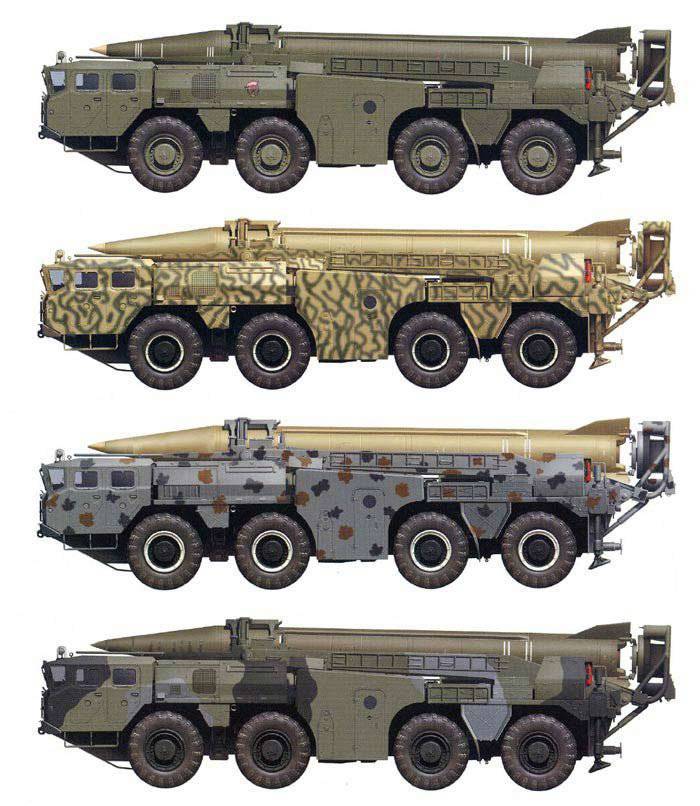
On the materials of the sites:
http://rbase.new-factoria.ru/
http://vpk-news.ru/
http://militaryrussia.ru/
http://janes.com/
http://kapyar.ru/
http://rwd-mb3.de/
http://engine.aviaport.ru/
http://globalsecurity.org/
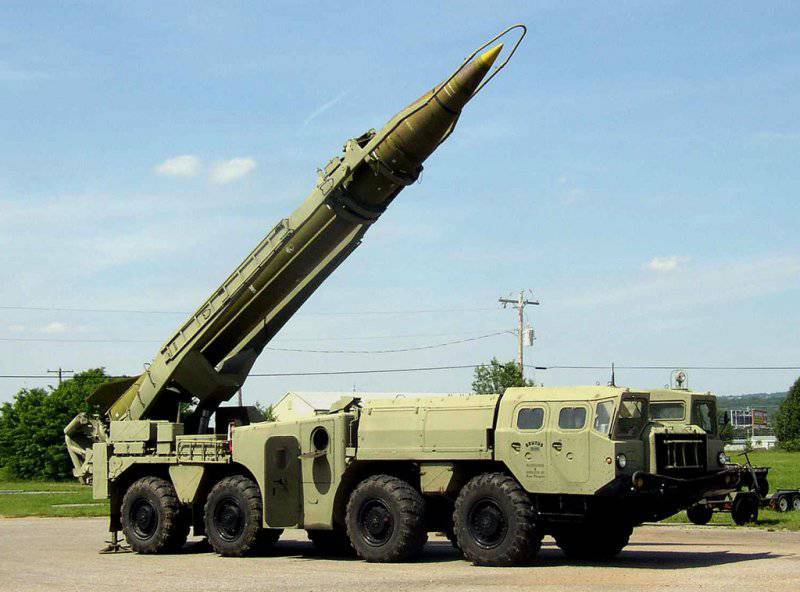
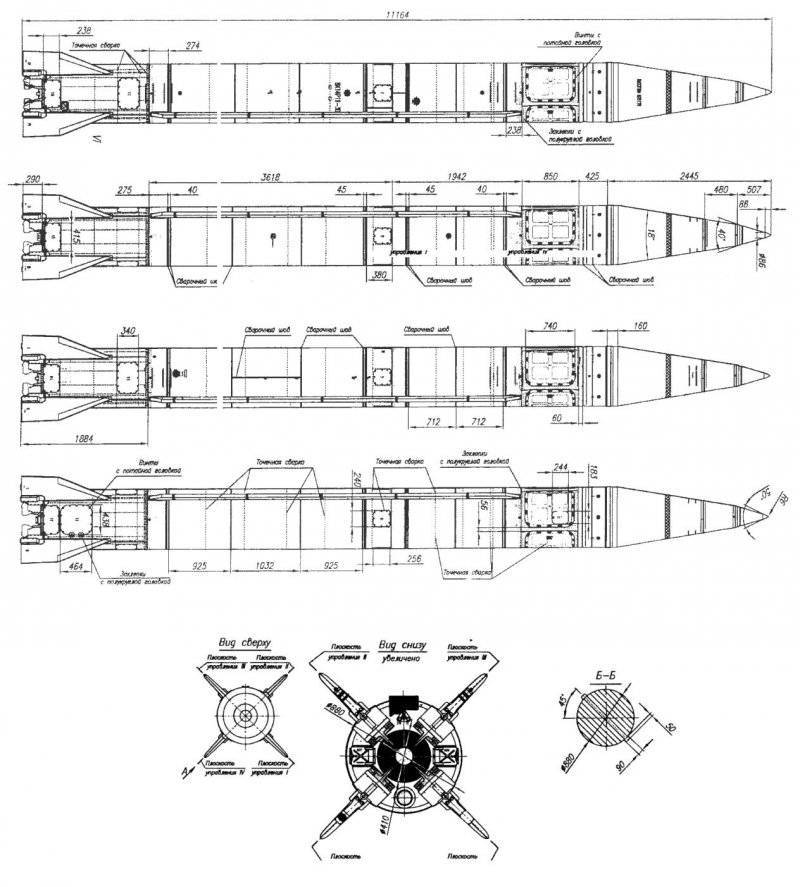
Information